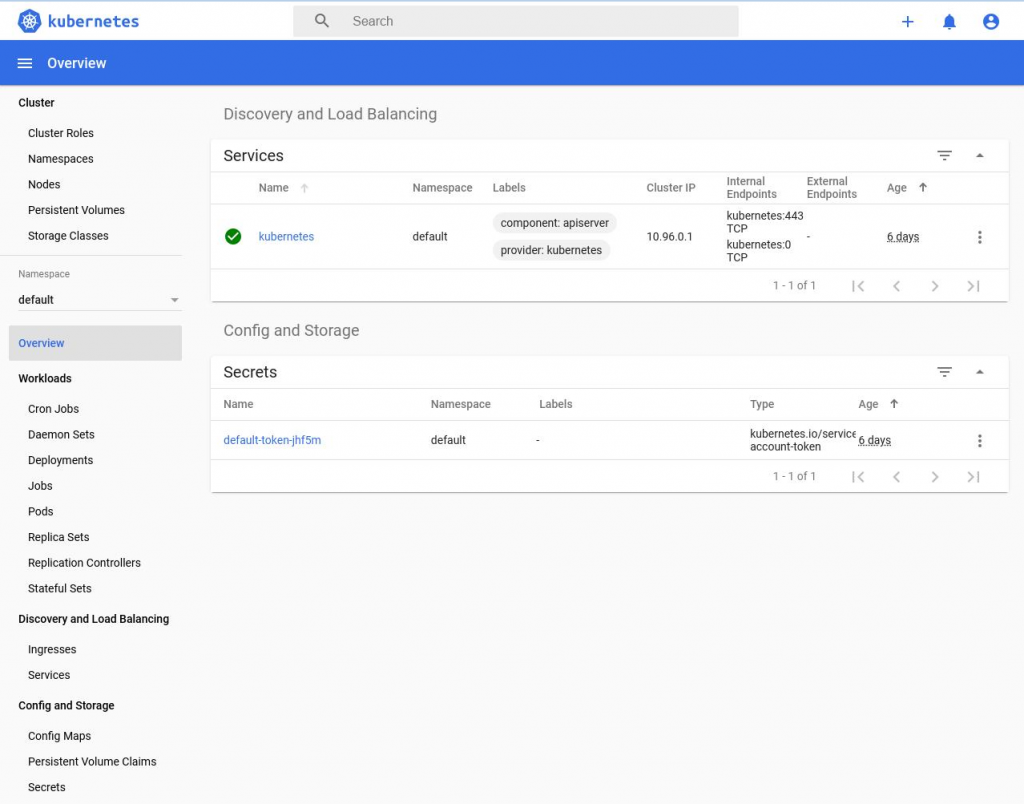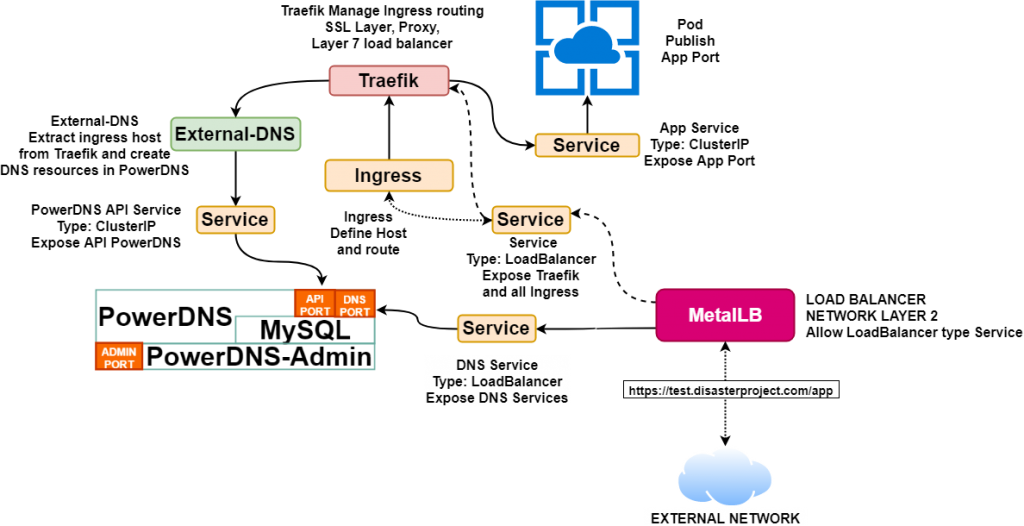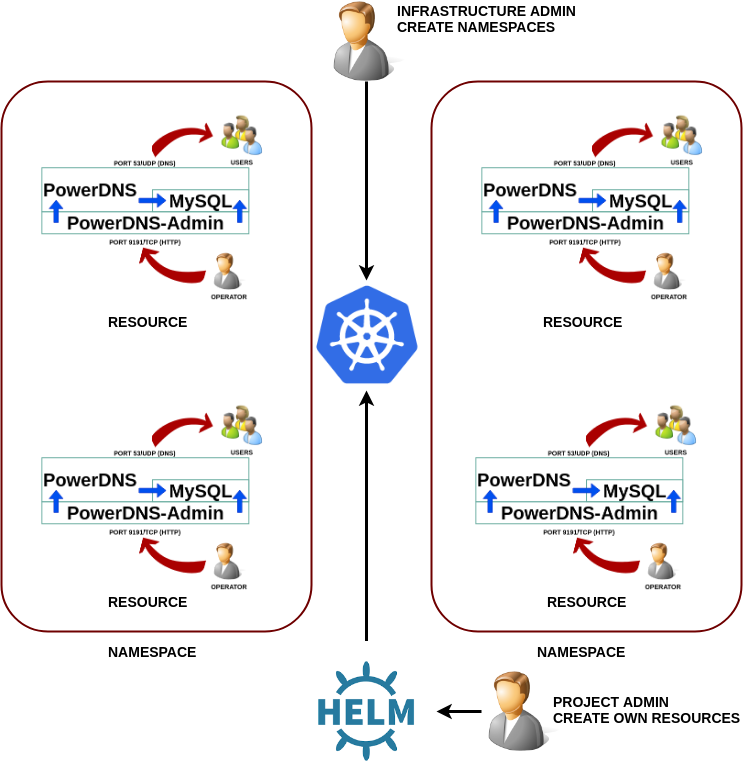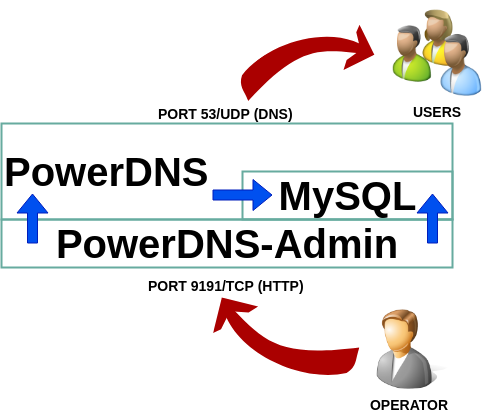After a first article (Kubernetes Dashboards 1) on generalist Kubernetes Dashboards, this article focuses on those dashboards that are geared to certain needs.
Specifically we will focus on three dashboards that go to three needs: Look into the status of a large number of pods, see the relationships between objects and get an overview on a platform kubernetes on docker.
Kubernetes Dashboards
Kube-ops-view
With 1200 stars in Github, this project presents a very basic dashboard thinking of large server farms, where we have an important volume of pods that we need to review at a glance.
How to install
We create a namespace to install kube-ops-view:
kubectl create namespace kube-ops-view --dry-run -o yaml | kubectl apply -f -We create a system account with administrator capabilities
kubectl create -n kube-ops-view serviceaccount kube-ops-view-sa --dry-run -o yaml | kubectl apply -f -
kubectl create clusterrolebinding kube-ops-view-sa --clusterrole=cluster-admin --serviceaccount=kube-ops-view:kube-ops-view-sa --dry-run -o yaml | kubectl apply -f -And we do execution of a deployment together with a service for its publication
cat <<EOF |kubectl apply -n kube-ops-view -f -
---
apiVersion: v1
kind: Service
metadata:
name: kube-ops-view
namespace: kube-ops-view
spec:
ports:
- name: http
port: 80
protocol: TCP
targetPort: 8080
selector:
app: kube-ops-view
type: LoadBalancer
---
apiVersion: apps/v1
kind: Deployment
metadata:
labels:
app: kube-ops-view
name: kube-ops-view
spec:
replicas: 1
selector:
matchLabels:
app: kube-ops-view
template:
metadata:
labels:
app: kube-ops-view
spec:
serviceAccountName: kube-ops-view-sa
containers:
- image: hjacobs/kube-ops-view:0.11
name: kube-ops-view
ports:
- containerPort: 8080Despite being a single service (without authentication, important), its container is similar in size to the solutions shown before:
docker.io/hjacobs/kube-ops-view 0.11 fd70a70b6d70d 40.8MBSo its deployment must be fast.
Features
Its interface, shown in the following figure is minimal:
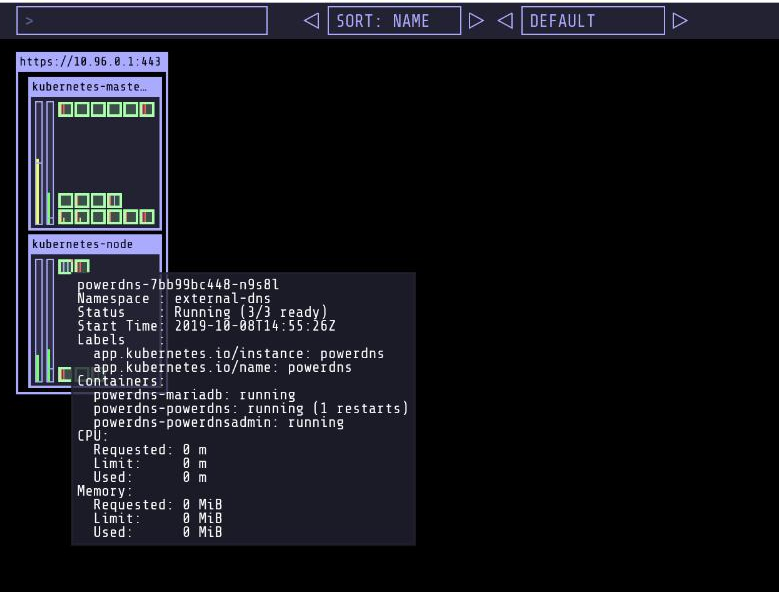
Without options to enter the objects or to edit, the information appears when passing over the “boxes”.
Easy to use
Clearly limited for those who start in Kubernetes or want additional information about objects, but very useful for those who want to visualize large volumes of pods.… Read the rest “Kubernetes dashboards 2”
